Accordingly, the period from August to October 2023 showed a sharp decline in newly committed aid, with the value of new packages reaching only €2.11 billion, down 87% compared to the same period in 2022 and the lowest level since January 2022.
Meanwhile, on December 6, the Pentagon announced a new aid package worth $175 million for Ukraine. The funding includes a variety of weapons, spare parts, and the latest equipment to be sent to Kyiv.
Unfortunately, US Secretary of State Antony Blinken emphasized in a statement that this new aid package could be one of the last security assistance packages Washington sends to Kyiv if the country's Congress does not pass the supplemental budget bill. In fact, the bill cannot be debated in the Senate due to a lack of the minimum 60 votes required.
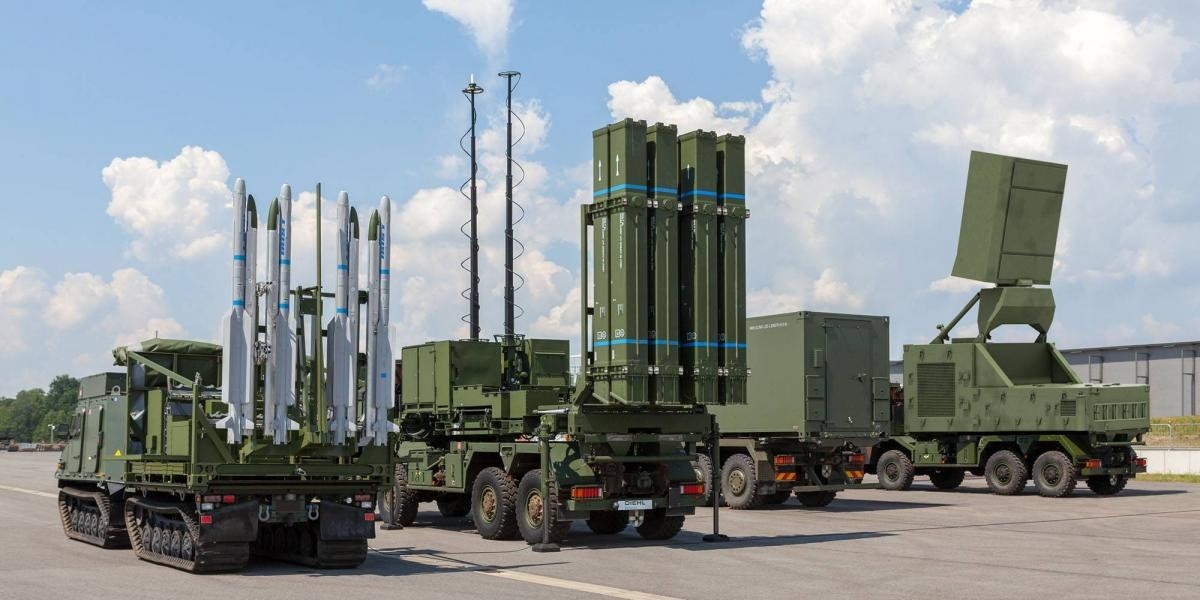 |
| German Iris-T SLM air defense system. (Source: Diehl Defence) |
According to the study by analysts at the Kiel Institute for World Economy, "Of the 42 donors tracked, only 20 have committed new aid packages in the past three months, the smallest proportion of active donors since the start of the Russia-Ukraine conflict. There were also very few new commitments from the European Union and the United States."
The biggest "unfinished" commitments ever have been from the EU, not including packages yet to be approved, while US aid is gradually being cut.
"Our data quite clearly confirms the more hesitant attitude of donors in recent months. Ukraine is increasingly dependent on a few core donors – who continue to provide significant support, such as Germany, the US, or the Nordic countries."
"Given the uncertainty surrounding further US aid, Ukraine can only hope that the EU will eventually approve the long-announced €50 billion aid package. This is a rather sensitive issue if it is further delayed," said Christoph Trebesch, head of the Ukraine Funding Tracking Instrument group and director of the research center at the Kiel Institute.
The main group of active donors includes individual European countries, such as Croatia, Finland, Germany, Ireland, Lithuania, Luxembourg, the Netherlands, Norway, Sweden, and Switzerland (which do not provide military support), as well as NATO countries such as Canada and the United Kingdom.
In addition, Ukraine can rely on large, multi-year programs that were previously committed to, which now account for the majority of actual aid provided.
For example, Denmark, Germany, and Norway have provided €1.2 billion, €1 billion, and €662 million in military aid respectively over the past three months, under plans spanning several years.
In terms of military support, the EU continues to catch up with and even surpass the US. In particular, Germany and the Scandinavian countries (including Denmark, Norway, Sweden, and Finland) have allocated significant new aid in recent months.
Of the total €25 billion committed for heavy weapons (from January 2022 to October 2023), the US accounted for 43% of the total value, while all EU countries and organizations together accounted for 47%, and the remainder came from various other donors, including the United Kingdom and Canada.
Over the past three months (August, September, and October), EU countries have allocated €780 million worth of heavy weapons, compared to just €500 million from the US.
New commitments from Germany and the Nordic countries from August 2023 contribute to the trend of Europe assuming a leadership role. This includes Germany's new Patriot and IRIS-T air defense systems and 19 F-16 fighter jets from Denmark within the framework of a joint air alliance with the Netherlands and the United Kingdom.
Other examples of EU cooperation in military support for Kyiv include new joint procurement agreements between the Netherlands, Denmark, and the Czech Republic to supply Ukraine with 15 modernized T-72EA main battle tanks, as well as a series of joint procurement plans by Nordic countries to purchase 155 mm ammunition.
Among the top 10 donor countries, military aid currently accounts for 58% of total aid (as of October 31, 2023).
The US remains the largest military donor with a total commitment of €44 billion. But Germany is catching up, with its total military commitment now exceeding €17 billion. Smaller countries such as the Nordic countries and the Netherlands are also playing an increasingly important role in providing military aid to Ukraine in its military conflict with Russia.
The Ukraine funding tracker lists and quantifies military, financial, and humanitarian aid committed to Kyiv since January 24, 2022. The current report covers the period from January 24, 2022, to October 31, 2023.
Comprehensive support from 40 countries was tracked, including the EU, G7 members, as well as Australia, South Korea, Turkey, Norway, New Zealand, Switzerland, China, Taiwan (China) and India.
In addition, EU institutions are counted as individual donors.
The tracking tool maintains a list of commitments from governments to Kyiv. Private donations or donations from international organizations such as the IMF are not included in the main database.
The database combines official government sources with information from international media. In-kind aid, such as medical supplies, food, or military equipment, is quantified based on market prices or information on previous crises involving state aid.
Source








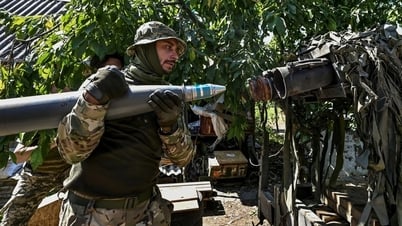



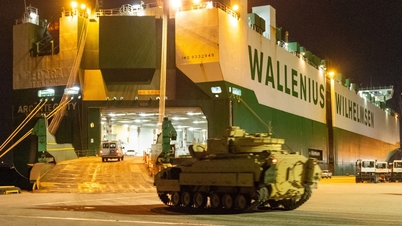

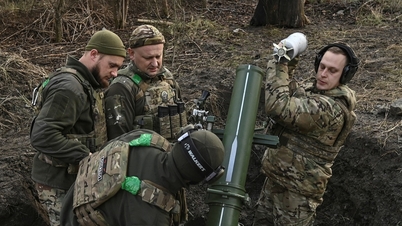


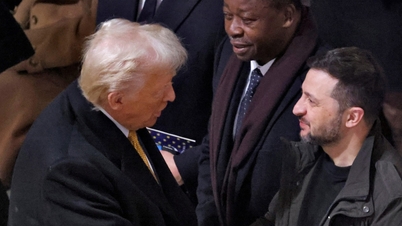



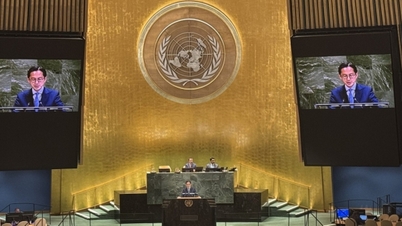








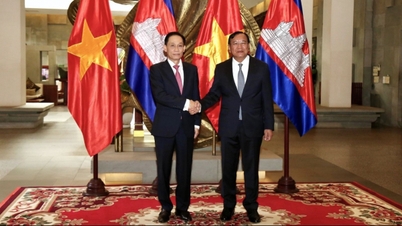












![[Video] The craft of making Dong Ho folk paintings has been inscribed by UNESCO on the List of Crafts in Need of Urgent Safeguarding.](https://vphoto.vietnam.vn/thumb/402x226/vietnam/resource/IMAGE/2025/12/10/1765350246533_tranh-dong-ho-734-jpg.webp)





































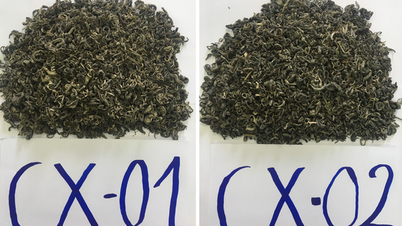




























Comment (0)